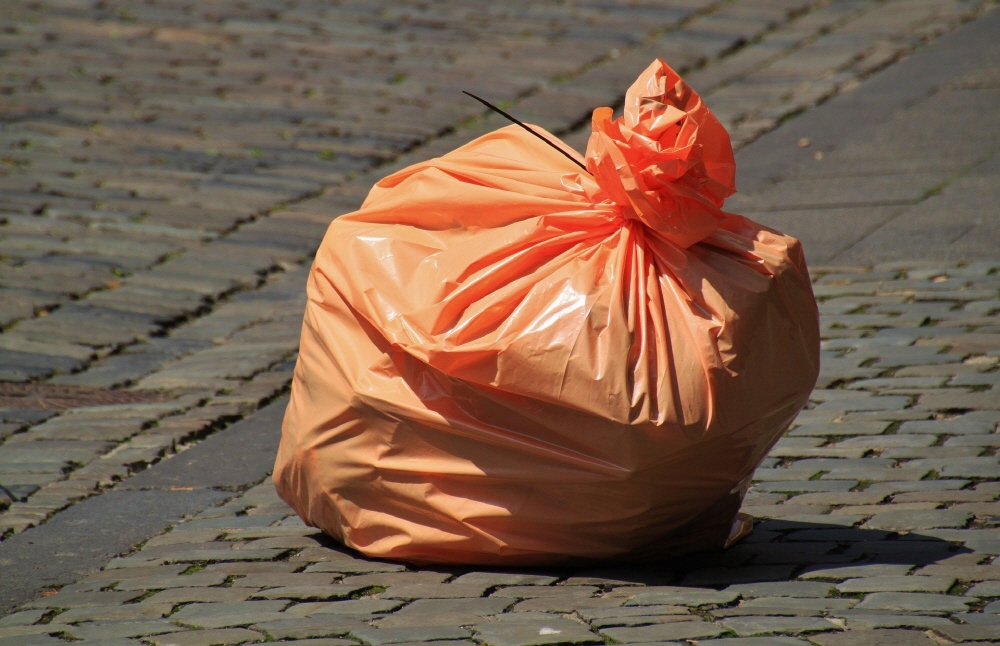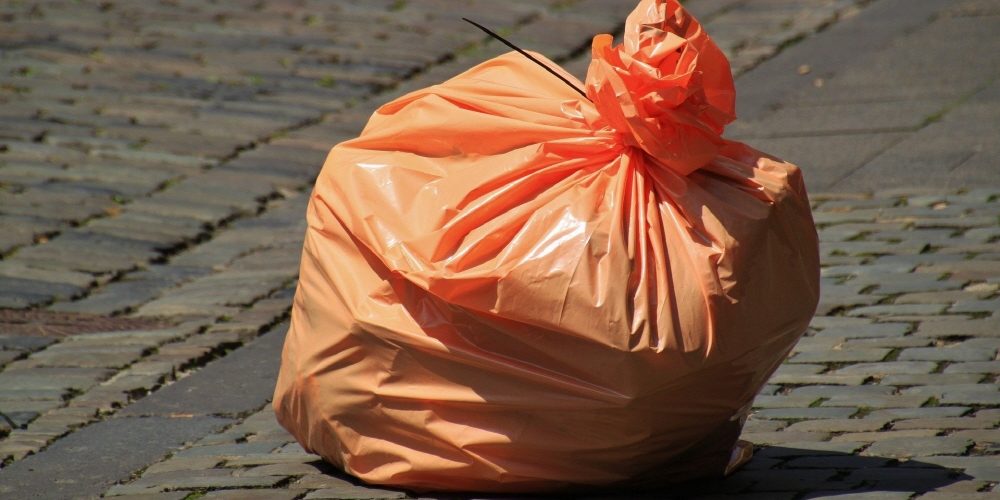
Polyurethane, as well as other types of plastic waste, pose a threat to the environment and human health. However, it is said that a European research team discovered bacteria that reproduce using polyurethane. A recent study published in Frontiers in Microbiology found soil bacteria with the ability to break down polyurethane chemical bonds.
Pseudomonas sp. The new strain, called TDA1, is said to have been found in a garbage dump where fragile plastics spawn. It seems that it will still take some time to see the bacterium decompose large amounts of discarded polyurethanes, but the new bacteria were analyzed by studies such as the Helmholtz Environmental Research Center in Leipzig, Germany.
Polyurethane is used in refrigerators, furniture, tents, buildings, diapers, shoes, etc. wherever flexible, lightweight and durable materials are required. Millions of tons of polyurethane are produced each year. In 2015, the U.S. polyurethane market is said to reach $12.90 billion.
Like other plastic waste, polyurethane takes time to disassemble and is difficult to disassemble manually. Also, since polyurethane does not melt even when heated, it is difficult to recycle. Accordingly, not only carcinogens harmful to humans but also chemical substances harmful to most microorganisms are leaked out of the bulk polyurethane that arrives at the waste disposal site.
The bacteria called Pseudomonas are a group of bacteria known to be highly resistant. It can withstand harsh conditions such as acidic environments or high temperatures. The research team knew that TDA1 in Pseudomonas could decompose the chemical components of polyurethane and thought that it could be used as food to metabolize these chemicals. As a result, a feedback loop of some sort of birth can further stimulate continued plastic consumption.
The research team said that bacteria can use these compounds as the sole carbon source and nitrogen source energy source, which is an important step toward enabling reuse of polyurethane products that are difficult to recycle. Microorganisms are opening up new possibilities to reduce the massive plastic waste scattered around the planet. Known as biorecycling, this method uses organisms such as microorganisms, molds and even insects to break down plastics. Scientists say it is important to succeed in mass decomposition, not the organisms themselves that eat large amounts of plastic. Even if you find a solution that exists in the natural world, developing a method of implementing it on a large scale can be a completely different matter. In practice, it may take years or more to apply in the field.
Of course, this discovery could be an opportunity to find genes involved in the production of extracellular elements that attack and break down plastic junctions. It also tries to explain how TDA1 is using this process to get energy. This study can be called a preliminary investigation in this respect. In the future, research can be done in line with this point. Related information can be found here .


















Add comment